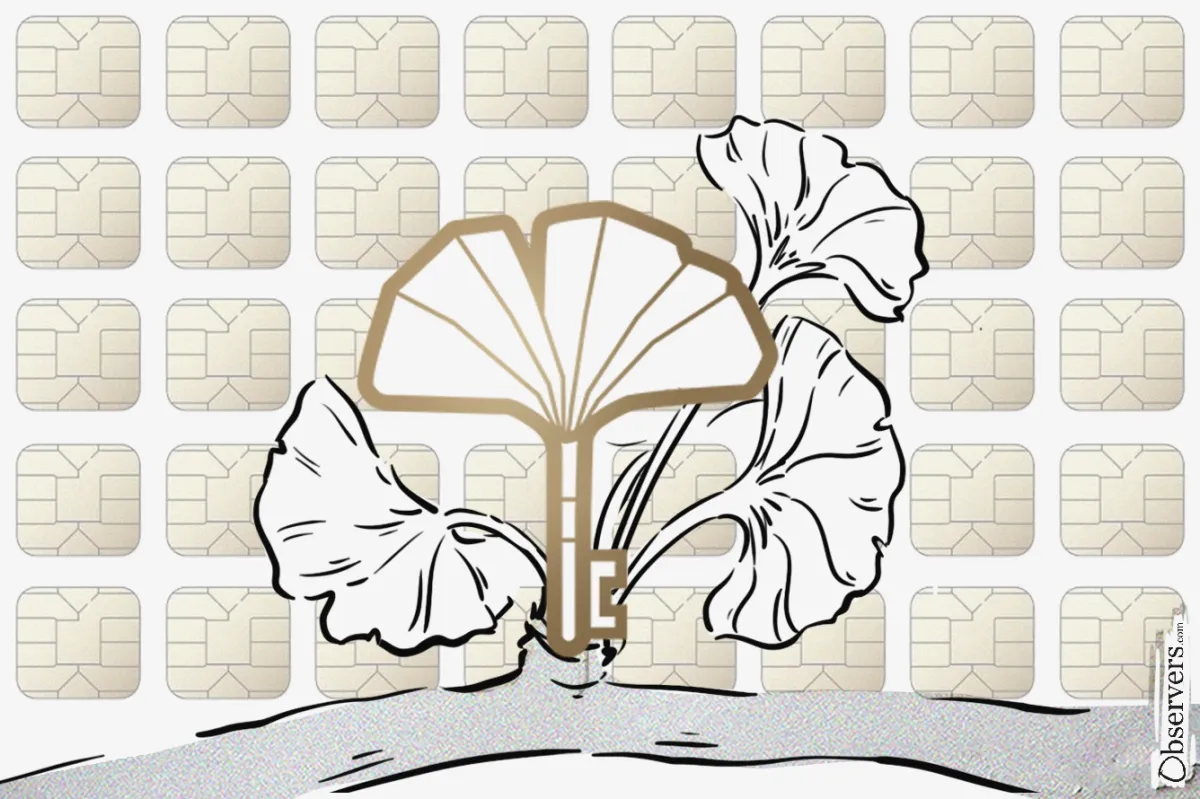
Satochip, a Belgian-based company envisioned back in 2014, specializes in hardware crypto wallet solutions. All three products that the company offers, the flagship Satochip, Seedkeeper and, Satodime are based on smartcards.

Unlike traditional hardware wallets, which often have a significant price tag and a bulkier design, these credit card-sized devices are both economical (€25 per card compared to €150 for Ledger Nano X) and easy to use. The smartcard form factor not only makes it portable but also discreet, potentially reducing the risk of theft.
Are Private Keys Hardcoded In the Smartcard Cryptocurrency Wallets?
The main security concern of users who keep their digital assets in non-custodial wallets is the theft of private keys. Most people follow the basic security practice of keeping those private keys away from computers connected to the Internet. With hardware wallets, users keep the keys on separate devices and sign transactions without revealing those on the web.
But how are those keys generated?
Sophisticated devices such as Ledger and Trezor wallets generate the private keys upon activation. The new devices are sealed to ensure that keys are generated by the final user. With such a design, no one, including the producer, can access information about users' private keys.
The private key generation of smartcard wallets can be different.
Some cheaper options available on the market have private-public key pairs hardcoded in the secure element. Users should be aware of the risks of such wallets since the record of all combinations used for production could have been compromised.
More advanced ones use computer software to generate private keys and write those on the secure chip in the smartcard. This means the private keys were found at least once on a computer, and it is recommended that that procedure be performed on a computer that is not connected to the internet.
Bastien Taquet, the company's co-founder and CBO, explains how Satochip handles this problem:
A smartcard is capable of handling key generation. However, because it lacks a screen, the user wouldn’t be able to view the generated mnemonic seed phrase, nor make a backup of it. So users initialize their hardware wallets through software such as Satochip-Utils or Sparrow Wallet. Although this approach introduces some security concerns—namely, trusting the computer used for setup—we have also developed another hardware device called Seedkeeper.
Seedkeeper enables advanced users who prioritize security to generate a master seed directly on the chip in an air-gapped environment and then use Diffie-Hellman protocol to initialize the key on the Satochip wallet. In this setup, no sensitive information interacts with a third-party computer.
Hardware Wallets For Every Purpose
- Satochip is the company's flagship product. The hardware wallet securely stores your cryptocurrency's private keys and can be used as a transaction-signing device. Supporting software like Electrum and Sparrow Wallet, it’s ideal for long-term holding and personal use, ensuring true ownership of your crypto. The wallet supports Bitcoin, Litecoin, Bitcoin Cash, Ethereum, and ERC-20 tokens such as USDT, USDC, other EVM-compatible chain tokens, and many more.
- Seedkeeper, can be used for advanced key generation methods. This is a pioneering hardware password manager for securely storing crypto seed phrases and other passwords. The password can be accessed via mobile and desktop apps. The device is suitable not only for personal use but also for inheritance purposes.
- Satodime is a reusable bearer card for physically exchanging cryptocurrencies, like cash banknotes. It can securely store up to three key pairs within a chip. Satodime is perfect for gifting crypto without needing to reveal the private details of your main wallets. The team calls it "OpenDime on steroids," claiming that Satodime is an enhanced version of the Bitcoin sticks launched ten years ago.
All three cards support a dual interface, using a desktop contact chip and a Near Field Communication (NFC) mobile interface. Some transactions are made possible wireless with NFC for the user's convenience, while more sensitive ones, such as key generation, are kept exclusively through wired card readers for enhanced security.
Multiple integrations allow owners to manage their assets on mobile phones or desktops using familiar software, such as Electrum, Sparrow Wallet, Wallet Connect, and Uniblow.
In Search Of Perfect Wallet Solution
While the smartcard devices' functionality might seem humble at first glance, it provides users with all the essentials while remaining relatively cheap.
"We don't offer integrated services like our competitors might, and we limit ourselves to the bare essentials: the ability to sign transactions while retaining exclusive control over one's private keys. Our offer is at the lower end of the price segment and is aimed primarily at people who want simple, effective (see efficient) signing devices. " - explains Bastien.
In the best tradition of the decentralized world, Satochip’s software solutions are completely open-source and non-vendor-locked. The project even sells blank cards and accessories for DIY fans. The project is community-driven.
The company sees the growing role of mobile wallets (hot wallets) and users' increasing turn to mobile solutions. This is why Satochip bets on mobile-oriented portable security equipment.
"We firmly believe that the future of the hardware wallet will involve solutions that are more mobile, easy to use, transportable, with few technical constraints and equipped with extensive connectivity options," - Bastien commented on the company's strategy.

